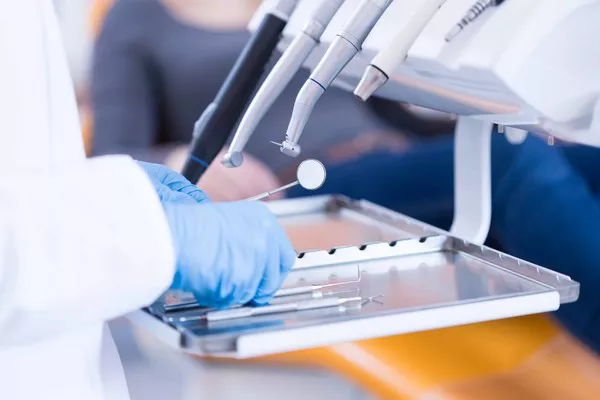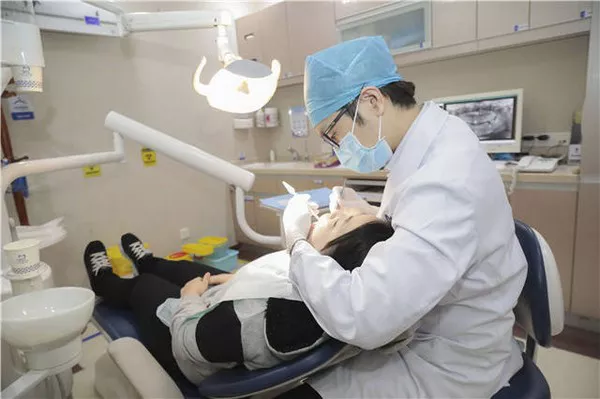The removal of wisdom teeth, also known as third molars, is a common dental procedure performed to alleviate pain, prevent oral health issues, and preserve overall dental wellness. However, the healing process following wisdom teeth removal is a crucial aspect of post-operative care that requires attention and patience. In this article, we explore the duration and stages of the healing process after wisdom teeth removal, providing insights into what patients can expect during recovery.
1. Immediate Post-Operative Period
Immediately after wisdom teeth removal surgery, patients may experience various sensations and symptoms, including:
Numbness: Local anesthesia administered during the procedure may result in temporary numbness in the mouth, lips, and tongue. This numbness typically wears off within a few hours as the anesthesia dissipates.
Bleeding: Some bleeding from the extraction sites is normal in the hours following surgery. Patients can control bleeding by applying gentle pressure with clean gauze pads and avoiding vigorous rinsing or spitting.
Swelling: Swelling of the face and cheeks is common after wisdom teeth removal and may peak within 24 to 48 hours. Applying ice packs to the affected area can help reduce swelling and discomfort.
Pain and Discomfort: Mild to moderate pain and discomfort are to be expected after wisdom teeth removal. Patients can manage pain with over-the-counter pain medications as prescribed by their dentist or oral surgeon.
2. Early Healing Phase (First Week)
During the first week of the healing process, patients may notice the following changes and developments:
Blood Clot Formation: Blood clots form in the extraction sockets to protect the underlying bone and promote healing. Patients should avoid dislodging or disturbing these blood clots to prevent dry socket, a painful complication that occurs when the blood clot is lost prematurely.
Diet Modifications: Patients are typically advised to follow a soft or liquid diet for the first few days after surgery to minimize discomfort and reduce the risk of complications. Avoiding hot, spicy, and crunchy foods can help prevent irritation and disruption of the surgical sites.
Oral Hygiene: Proper oral hygiene is essential for preventing infection and promoting healing after wisdom teeth removal. Patients should gently rinse their mouth with warm saltwater or prescribed mouthwash and avoid vigorous brushing or flossing around the extraction sites.
Follow-Up Care: Patients should attend follow-up appointments with their dentist or oral surgeon as scheduled to monitor healing progress, remove sutures if necessary, and address any concerns or complications.
3. Intermediate Healing Phase (First to Third Week)
In the weeks following wisdom teeth removal, patients may experience continued improvement and gradual resolution of symptoms:
Decreased Swelling: Swelling gradually subsides during the first to third week after surgery, although some residual swelling may persist for a few weeks in some cases. Continuing to apply ice packs intermittently can help reduce swelling and discomfort.
Improved Oral Function: As healing progresses, patients may gradually resume normal oral function, including eating a wider variety of foods and engaging in regular activities. However, patients should still exercise caution and avoid strenuous activities or behaviors that could disrupt the healing process.
Resolution of Symptoms: Pain, swelling, and discomfort typically diminish significantly by the end of the third week after wisdom teeth removal. Patients may notice improved comfort and a return to normal daily activities as healing continues.
4. Long-Term Healing and Final Results
The long-term healing process after wisdom teeth removal involves the gradual resolution of residual symptoms and the complete restoration of oral health:
Bone Healing: Over the course of several months, the extraction sockets heal, and new bone tissue forms to fill the void left by the removed wisdom teeth. This process, known as bone remodeling, helps restore the structural integrity of the jawbone and supports adjacent teeth.
Soft Tissue Healing: Gum tissue surrounding the extraction sites undergoes a process of regeneration and reattachment, gradually restoring a healthy gum line and seal around the teeth.
Final Evaluation: Patients should undergo a final evaluation with their dentist or oral surgeon several months after wisdom teeth removal to assess healing outcomes, address any residual concerns, and discuss future dental care needs.
5. Conclusion
In conclusion, the healing process after wisdom teeth removal is a gradual and multi-stage journey that requires patience, diligence, and proper post-operative care. From the immediate post-operative period to long-term healing and final evaluation, patients experience various changes and improvements as their oral health is restored. By understanding the stages of healing and following the guidance of their dental care providers, patients can navigate the recovery process confidently and achieve optimal outcomes after wisdom teeth removal.
What Type Of Wisdom Tooth Is Easiest To Remove
How Long For Wisdom Teeth Removal To Heal
How To Know If You Need Your Wisdom Teeth Removed



























